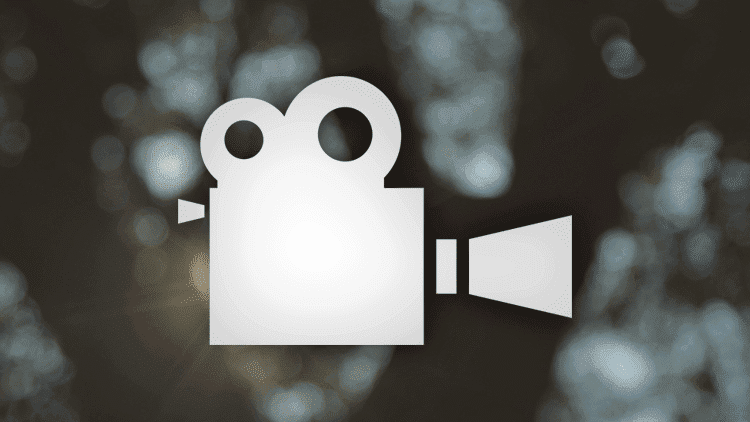While almost everyone is talking about new mirrorless cameras these days we decided to take a look at a more typical video or in this case cinema camera. Why? A dedicated video camera has a completely different form factor and shape, it has more connections and inputs that are often necessary in broadcasting but of course the settings & features also vary. For me it’s always important to really figure out the pros and cons between a small DSLR or nowadays mirrorless and a more traditional video camera. We made a video review about a camera that we have used over the summer which you can watch below.
You can read the whole review below:
There are not many camera’s that are near perfection. Delivering a detailed, cinematic image with great colors is just one part of a good camera. Having all the necessary features, inputs and connections as well as good ergonomics are other important components. While many manufacturers struggle to put all of that in to one product Canon seems to have figured it out when it comes to their Cinema EOS line.
The EOS C200 has a Super 35mm sensor which means you can use classic Canon EF photo glass as well as new cinema lenses.
Back when the original EOS C100 was released I already liked the ergonomics and body shape but the camera’s codec and limited frame rates where big disadvantages for high-end productions.
The C200 can record on to SD card and CFast 2.0. If you only want to record 4:2:0 8-bit MP4 files you can simply use SD cards as a medium and shoot Ultra HD with up to 60 frames per second with a bitrate of 150Mbps. But if you want full flexibility in post it’s best to record Cinema Raw Light in DCI 4K resolution on to a CFast card.
Even though the camera can shoot raw video it doesn’t mean recording MP4 is not recommended. I actually ended up filming a lot in Ultra HD with 50 frames per second because it’s convenient and fast and easy to edit in post. The bitrate is obviously not very high but I barely had issues when grading the C-Log footage.
It also has the option to record 120 frames per second in 1080p. The results are quite good but the image is soft, lacks details and sometimes has aliasing issues. But it’s definitely usable and still much better than what other cameras deliver. Besides the slow motion recording it can also record timelapses simply by setting an interval in the menu.
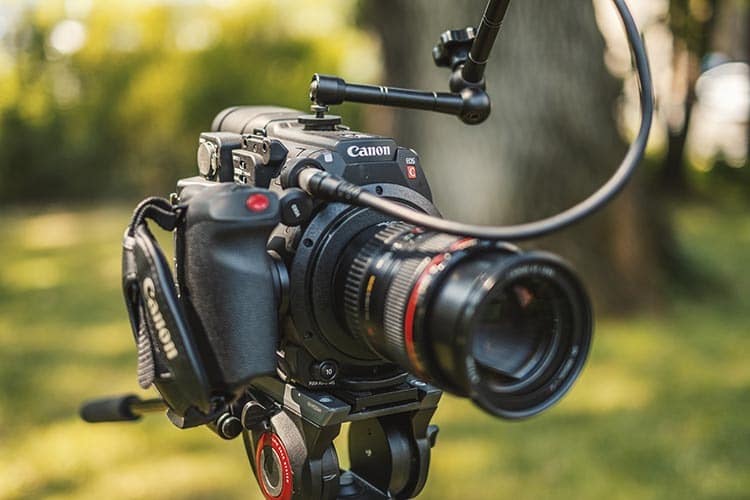
The Canon C200 is one of the most well-designed documentary and commercial cameras out there. The ergonomics are great and the overall feel when operating the camera is what most other cameras are lacking. There’s no search for buttons because they are all positioned in a way that makes sense to someone who needs to shoot all day.
One feature that every professional video camera should have is ND filters. The C200 makes no exception here. It has two buttons on the side to switch between the different densities. It switches between 2, 4 and 6 stops which is especially necessary on bright summer days.
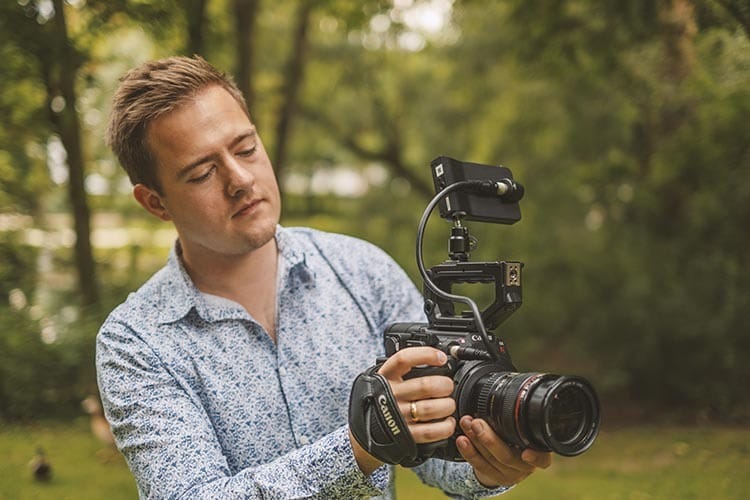
For audio it has two XLR inputs. Other connections include a headphone jack, SDI, HDMI output and USB. Depending on which battery pack is being used the camera can run up to 5 hours which is pretty good.
While I like pulling focus manually the camera does have Dual Pixel Auto Focus which works great as usual and in combination with the monitor, touch focus can also be used.
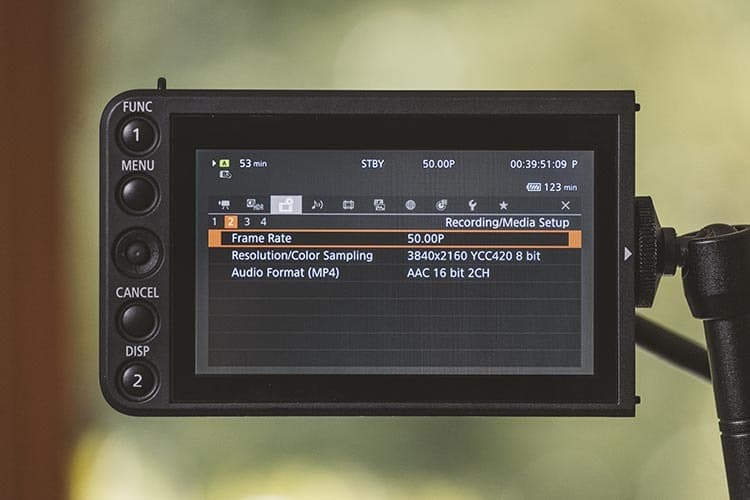
What amazes me the most is the simplicity of this camera. If you have never used a professional cinema camera before you might think it could have too many settings and too complicated to shoot with but the opposite is the case. The main settings can be changed on the side simply by pushing a few buttons. The menu is simple too and the only thing that can be confusing is the fine tuning of the picture profiles but that’s not something that is necessary.
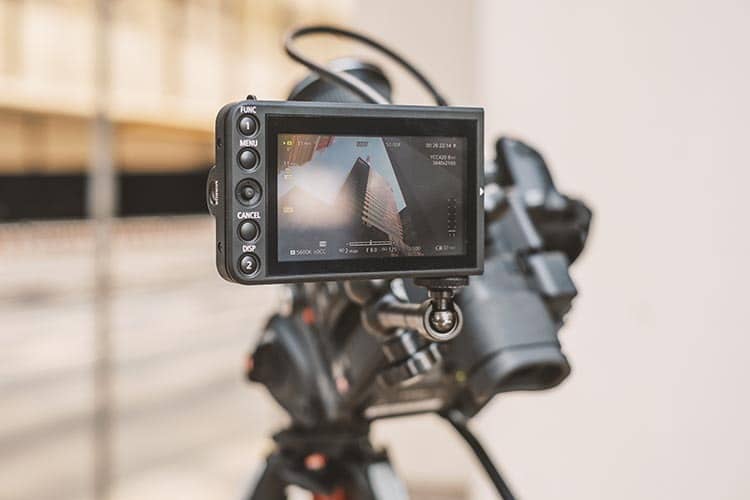
The EOS C200 is pretty much the perfect documentary and commercial video camera but of course no camera is perfect. The two main issues I have when shooting especially outside are the electronic viewfinder and the external monitor. The monitor is simply not bright enough so it’s almost impossible to judge the image even when zebra and focus peaking is turned on. The first few times I used the camera I always underexposed which in general is better than overexposing and blowing out the highlights but I didn’t do it on purpose which is not exactly ideal when using a camera that costs 7.500 Dollars. The viewfinder works better but the resolution seems low plus contrast and colors look a bit weird too. I recommend using a third party monitor to be able to actually see what you’re shooting. Luckily Canon is selling the C200 without any accessories which in this case means without EVF and monitor.
While this camera is clearly not for everyone simply because of its price it’s pretty clear why so many filmmakers love this camera. It doesn’t lack any important features, has great ergonomics and the images it produces are lovely.
Written by Moritz Janisch on September 18, 2018
